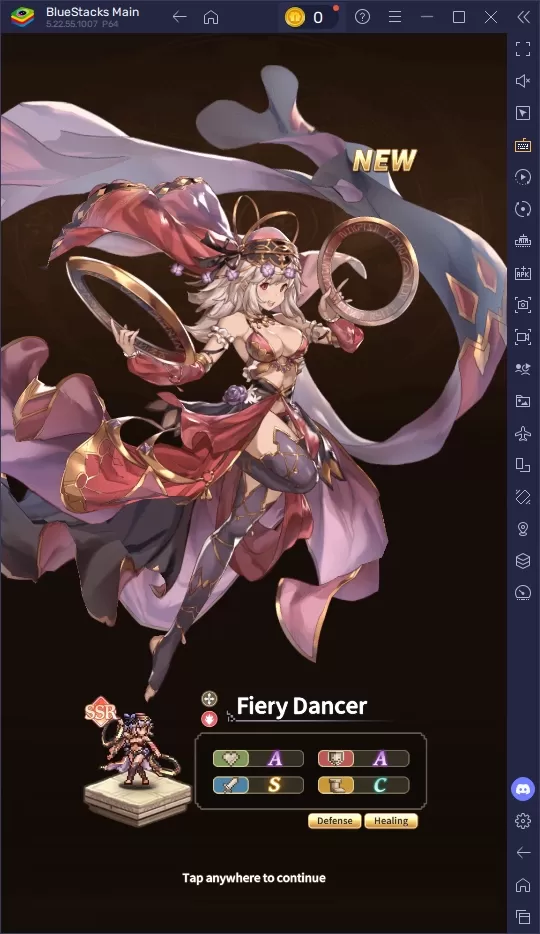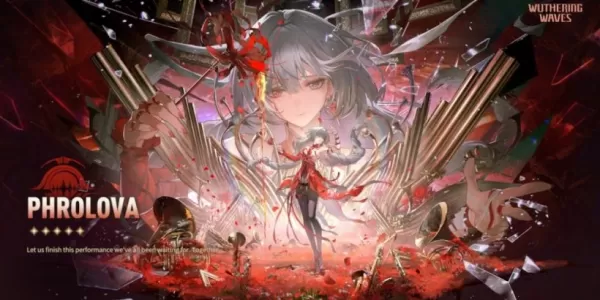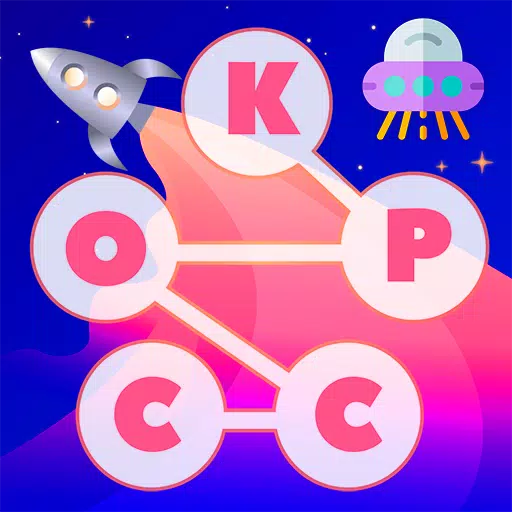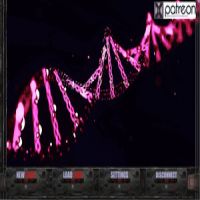This guide explores the diverse uses of Minecraft's floral bounty, from dye creation to landscaping and rare species collection. Let's delve into the unique properties and applications of various flowers.
Table of Contents
Poppy | Dandelion | Allium | Rose Bush | Wither Rose | Peony Bush | Lily of the Valley | Tulip | Azure Bluet | Blue Orchid | Cornflower | Torchflower | Lilac | Oxeye Daisy | Sunflower
Poppy
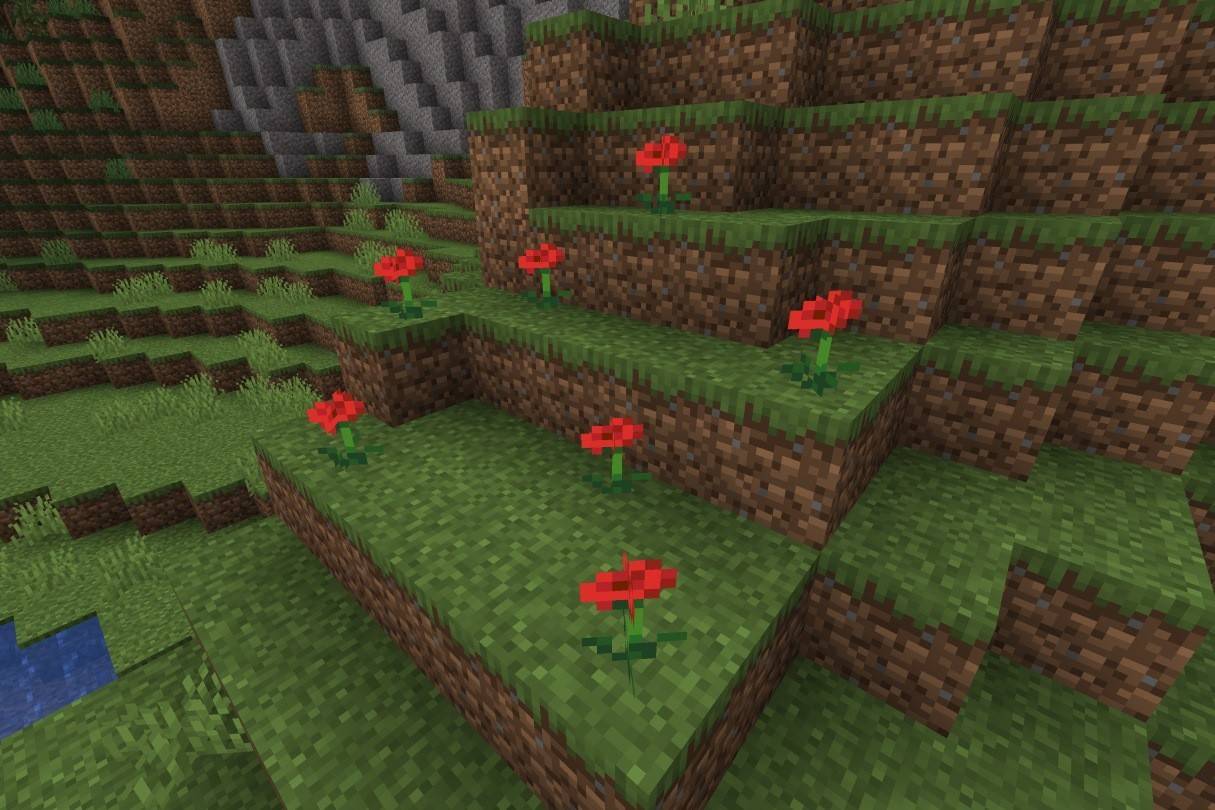 Image: ensigame.com
Image: ensigame.com
Replacing the original "rose" and cyan flowers, poppies are readily found in various biomes and are occasionally dropped by Iron Golems. Their primary function is crafting red dye, essential for coloring banners, beds, wool, sheep, and wolf collars.
Dandelion
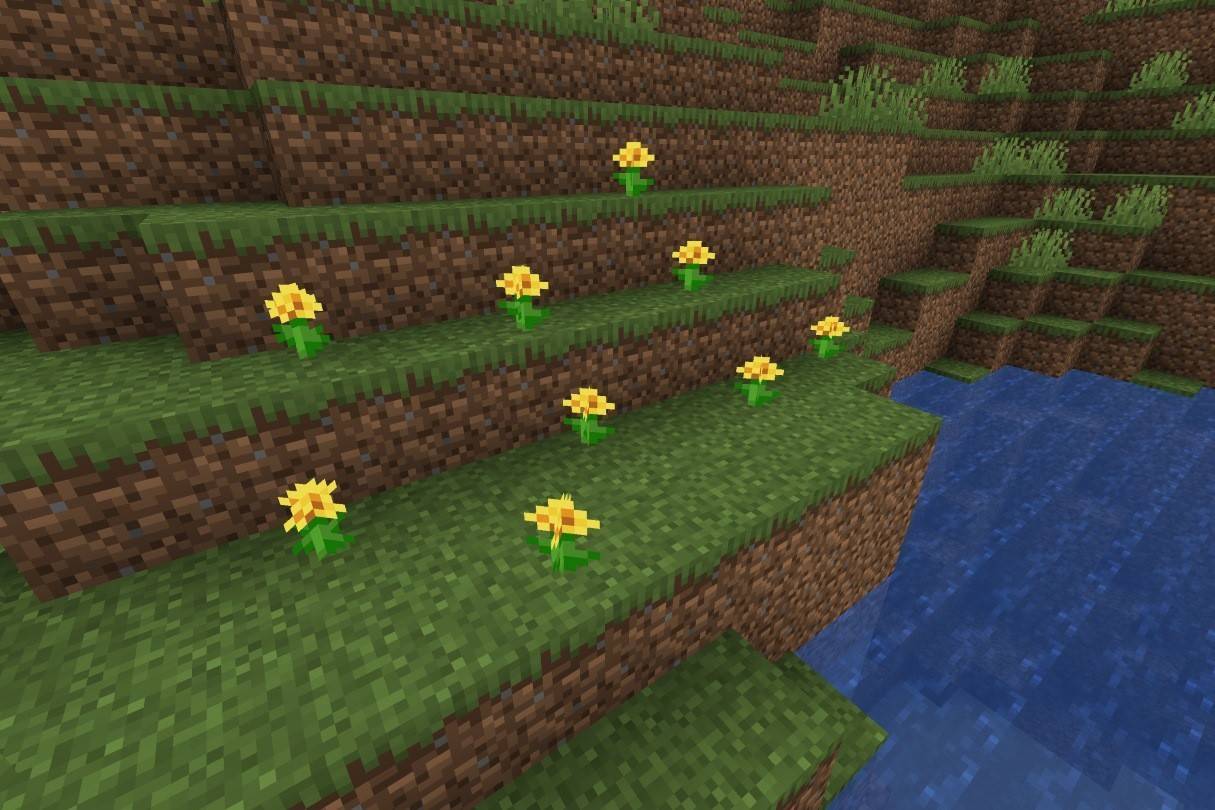 Image: ensigame.com
Image: ensigame.com
These bright yellow flowers, absent from marshes and ice plains, are abundant in flower forests. They yield one unit of yellow dye (sunflowers provide two), perfect for brightening banners and wool.
Allium
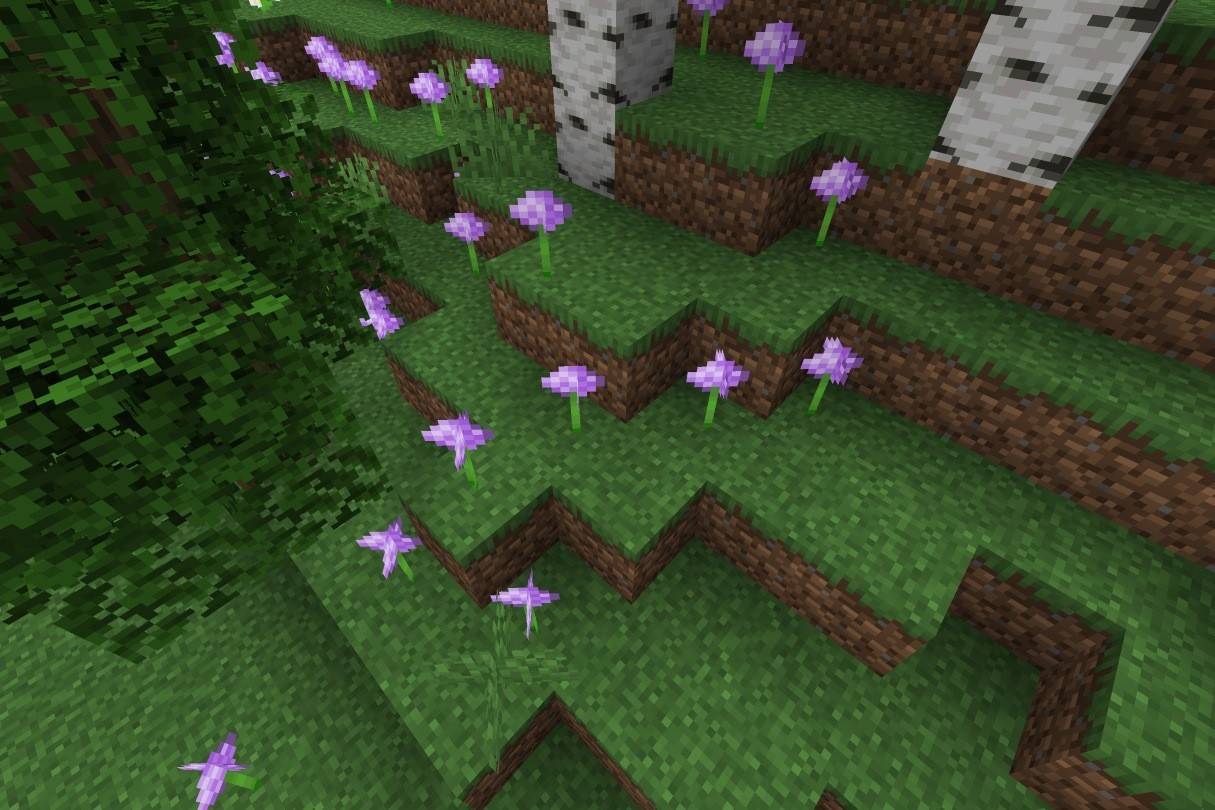 Image: ensigame.com
Image: ensigame.com
Native to flower forests, alliums produce magenta dye, crucial for creating magenta stained glass, terracotta, and wool, adding a touch of elegance to any build.
Rose Bush
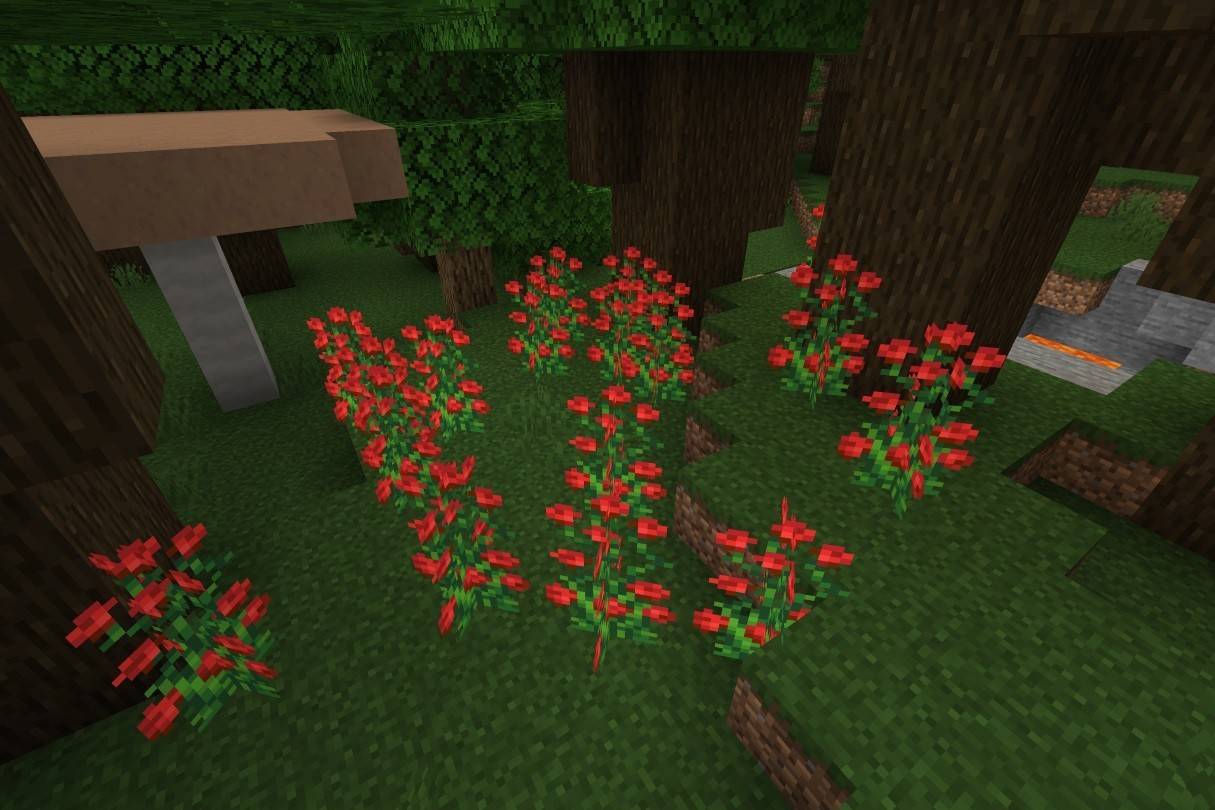 Image: ensigame.com
Image: ensigame.com
A two-block-high flower found in wooded biomes, the rose bush provides red dye for various crafting applications, including wool, banners, beds, and leather armor. Unlike the wither rose, it's a safe and visually appealing addition to any landscape.
Wither Rose
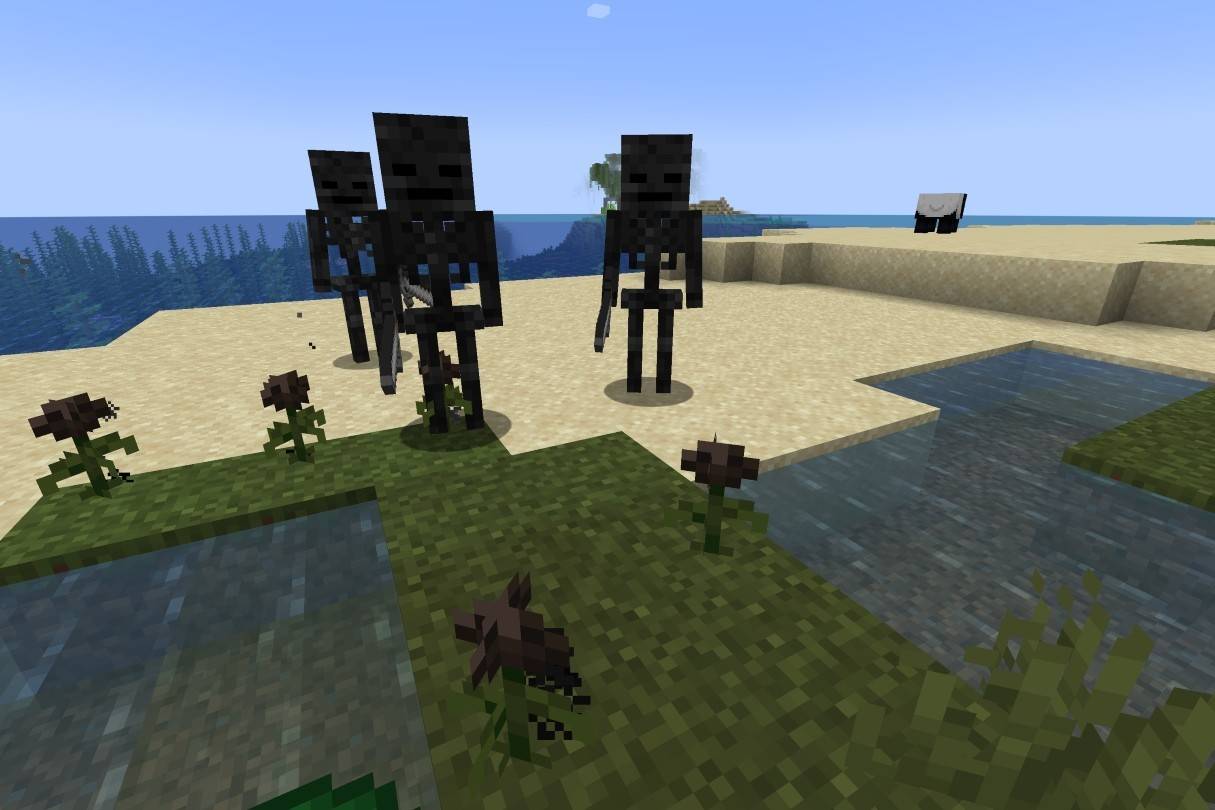 Image: ensigame.com
Image: ensigame.com
This ominous flower, spawned by the Wither or rarely found in the Nether, inflicts the Wither effect upon contact. However, it's a source of black dye, used in crafting black concrete powder, firework stars, and coloring various items. Drinking milk counters the Wither effect.
Peony Bush
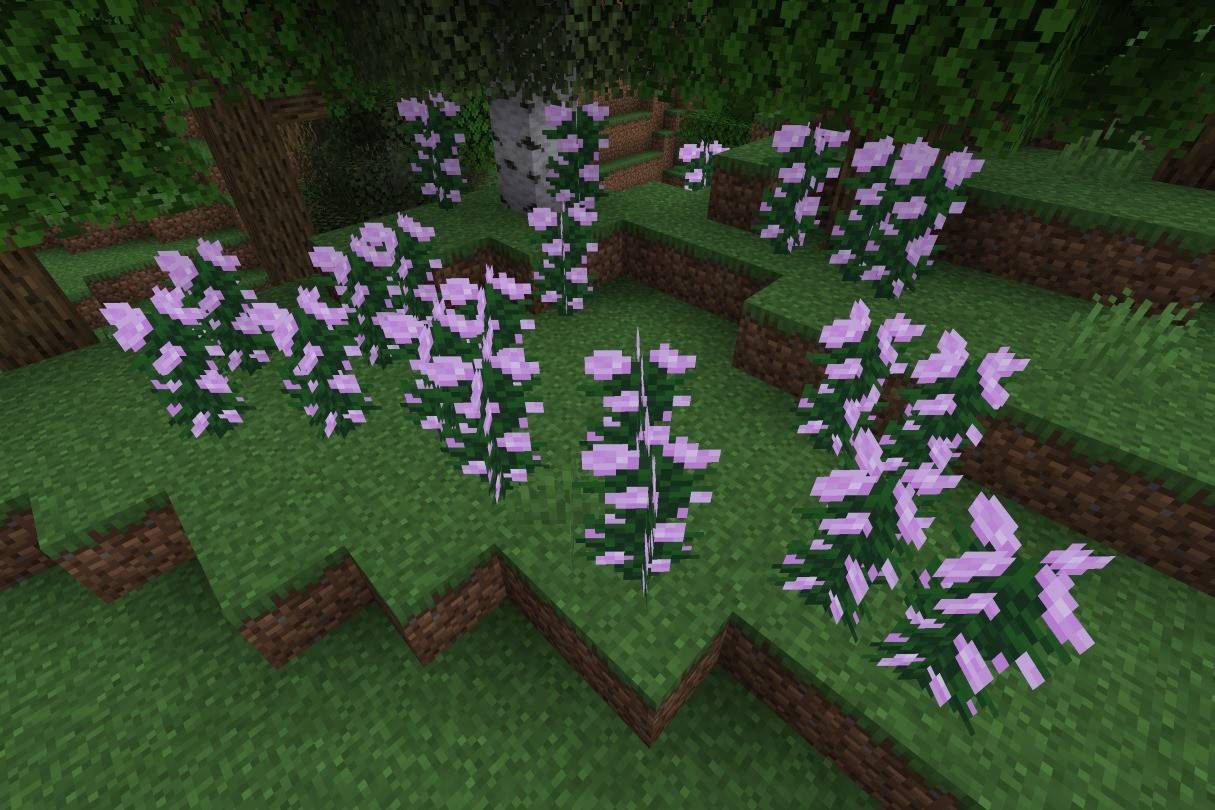 Image: ensigame.com
Image: ensigame.com
These tall pink flowers, found in woodland biomes, produce pink dye (or can be crafted from red and white dye). They can be propagated with bone meal, offering a readily renewable source of pink dye for wool, stained glass, terracotta, and wolf collars.
Lily of the Valley
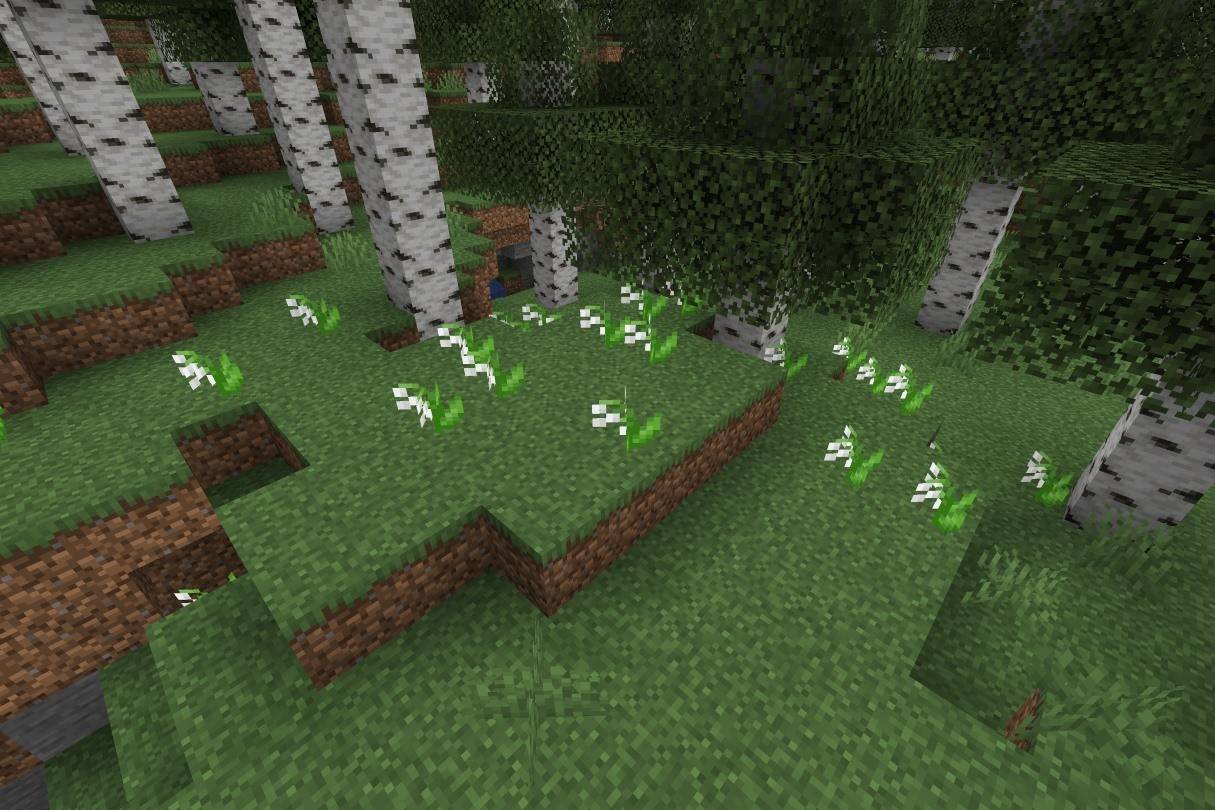 Image: ensigame.com
Image: ensigame.com
This delicate flower, found in forests and flower forests, yields white dye, a base for creating other dyes and useful for coloring various items.
Tulip
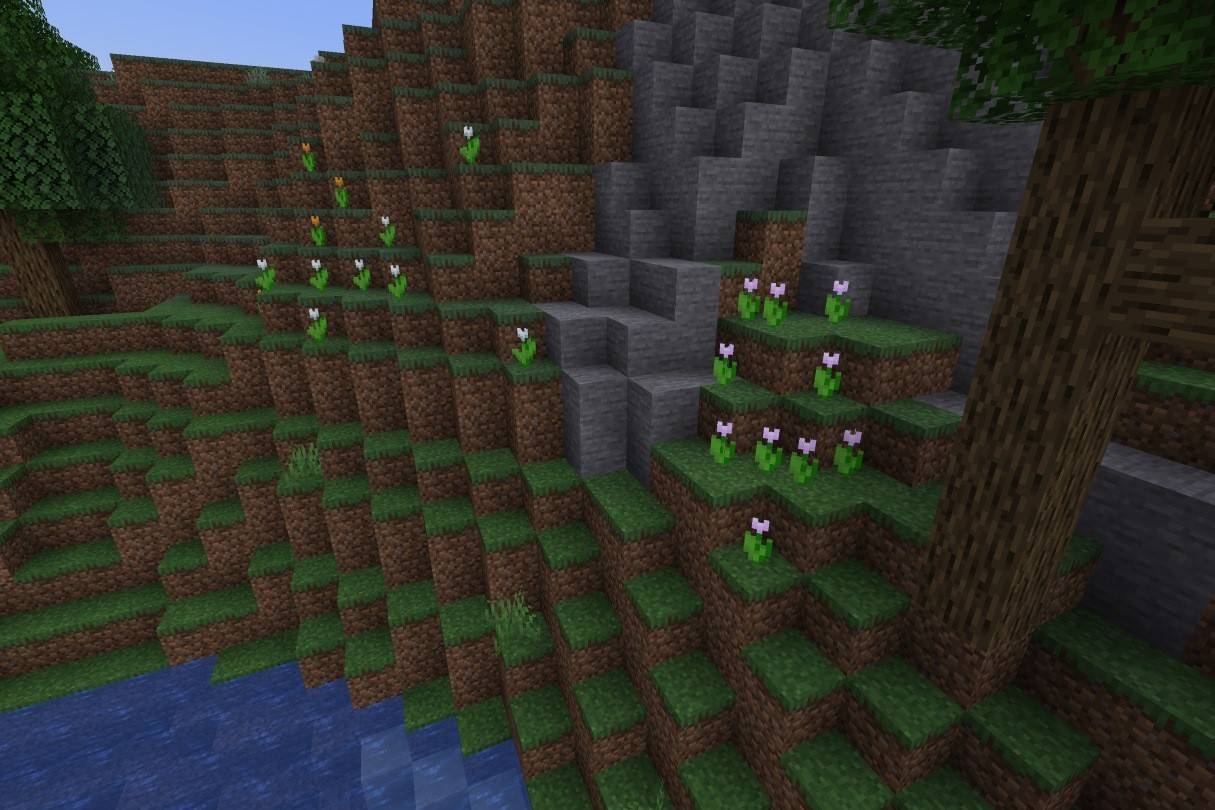 Image: ensigame.com
Image: ensigame.com
Available in red, orange, white, and pink varieties, tulips are a versatile source of dye, offering diverse coloring options for your creations.
Azure Bluet
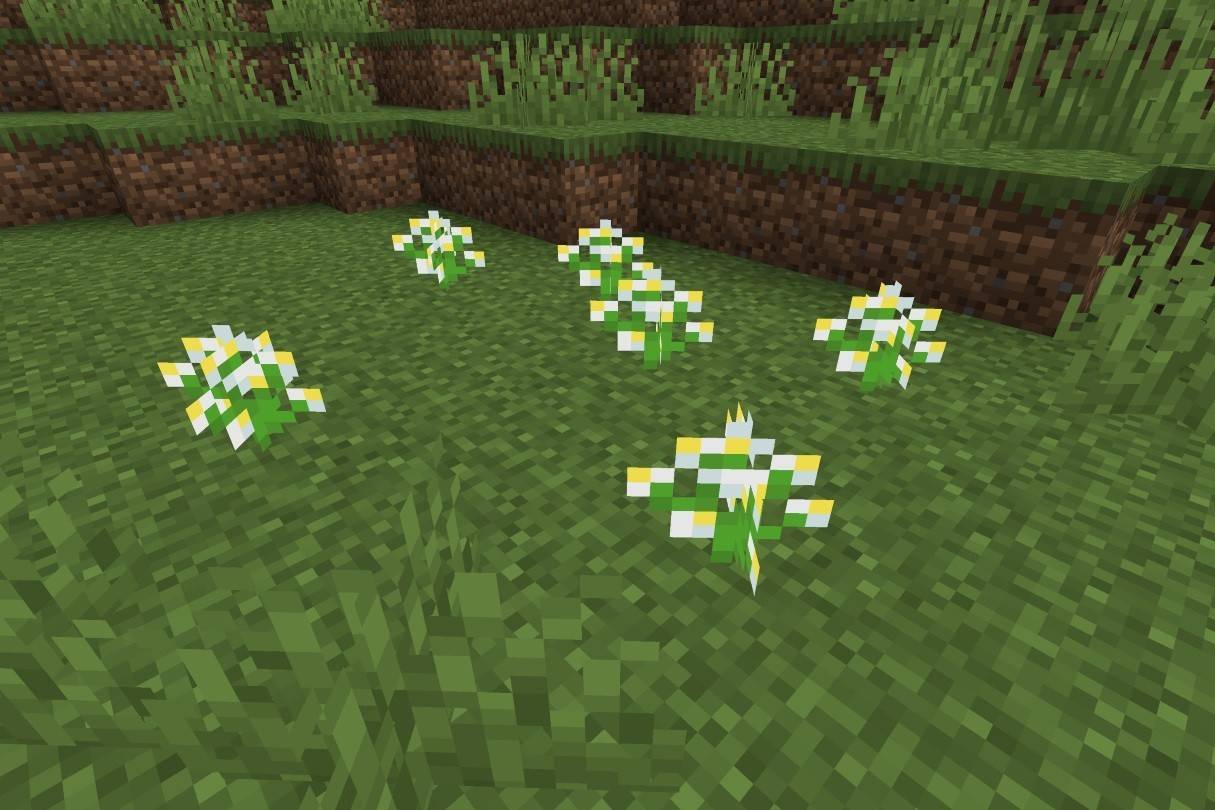 Image: ensigame.com
Image: ensigame.com
This small flower, found in grasslands and flower forests, produces light gray dye.
Blue Orchid
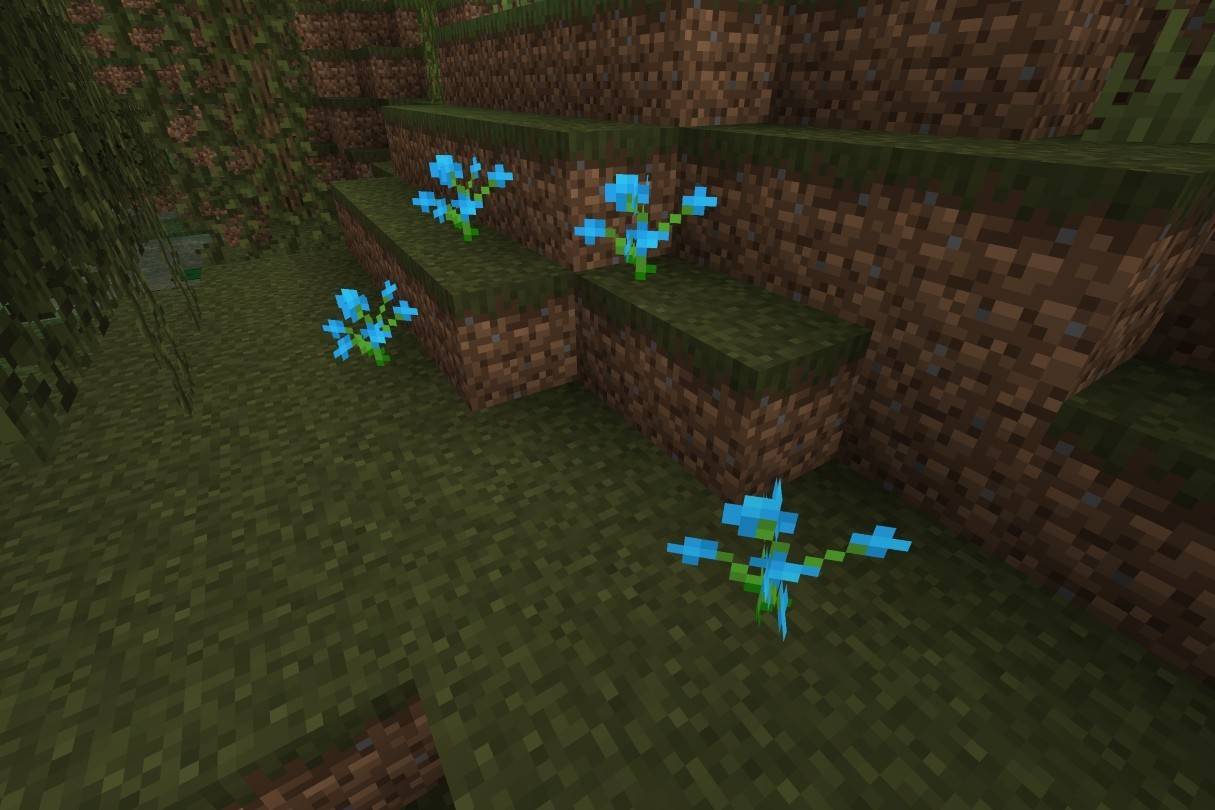 Image: ensigame.com
Image: ensigame.com
A rare find in swamps and taigas, the blue orchid is a source of light blue dye.
Cornflower
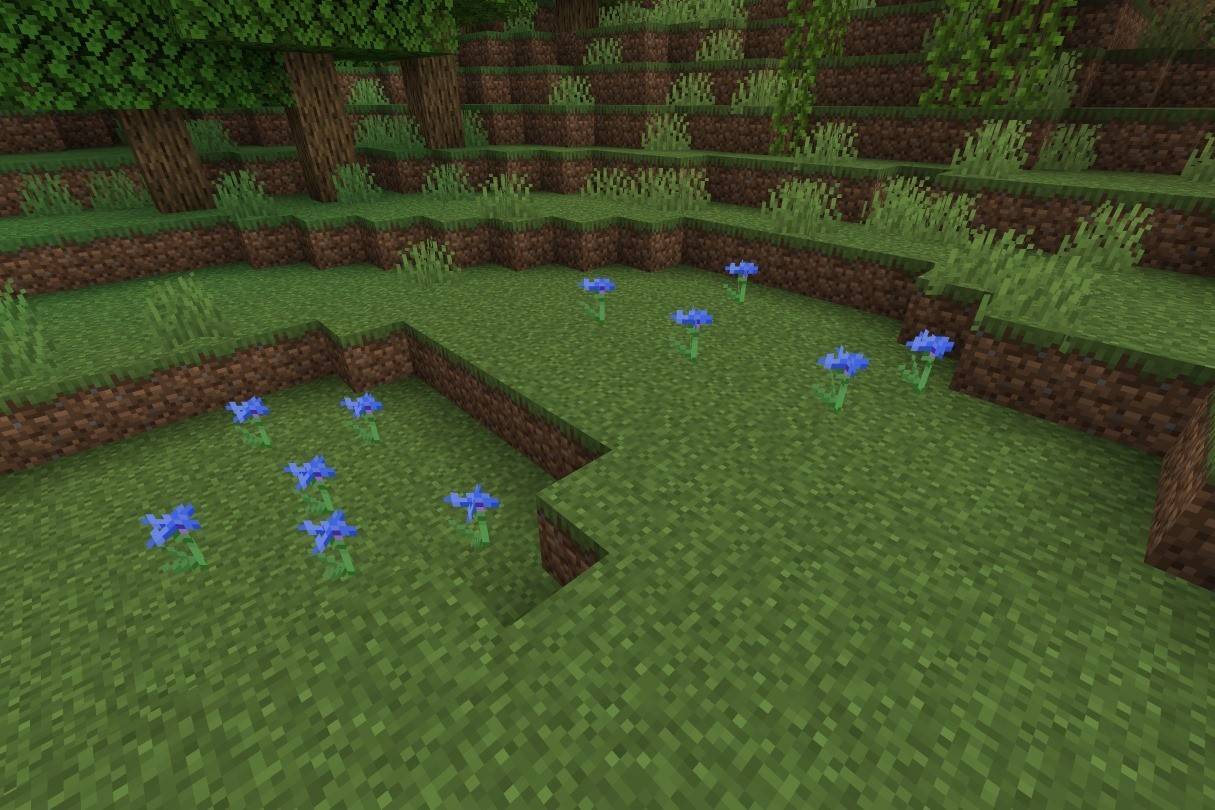 Image: ensigame.com
Image: ensigame.com
These blue flowers, found in plains and flower forests, yield blue dye for coloring wool, glass, and terracotta.
Torchflower
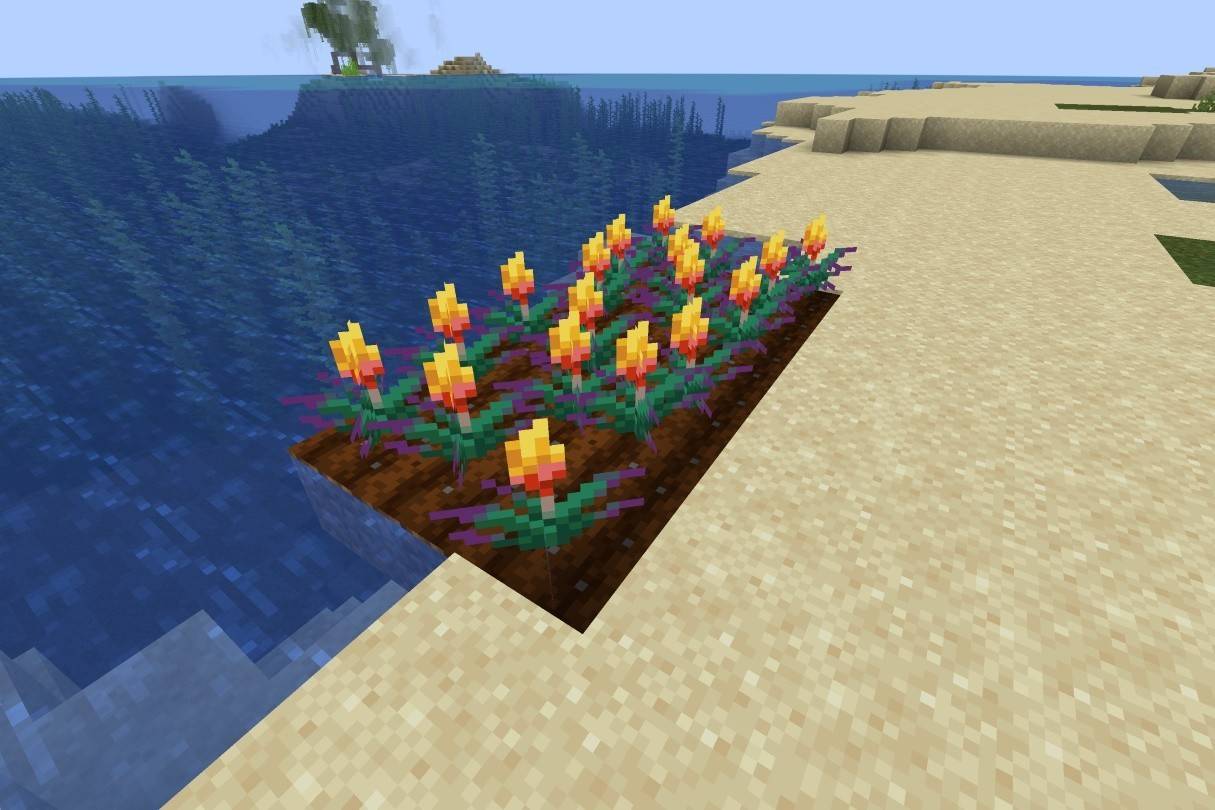 Image: ensigame.com
Image: ensigame.com
Producing orange dye, the torchflower is not naturally generated and its propagation varies between Java and Bedrock editions.
Lilac
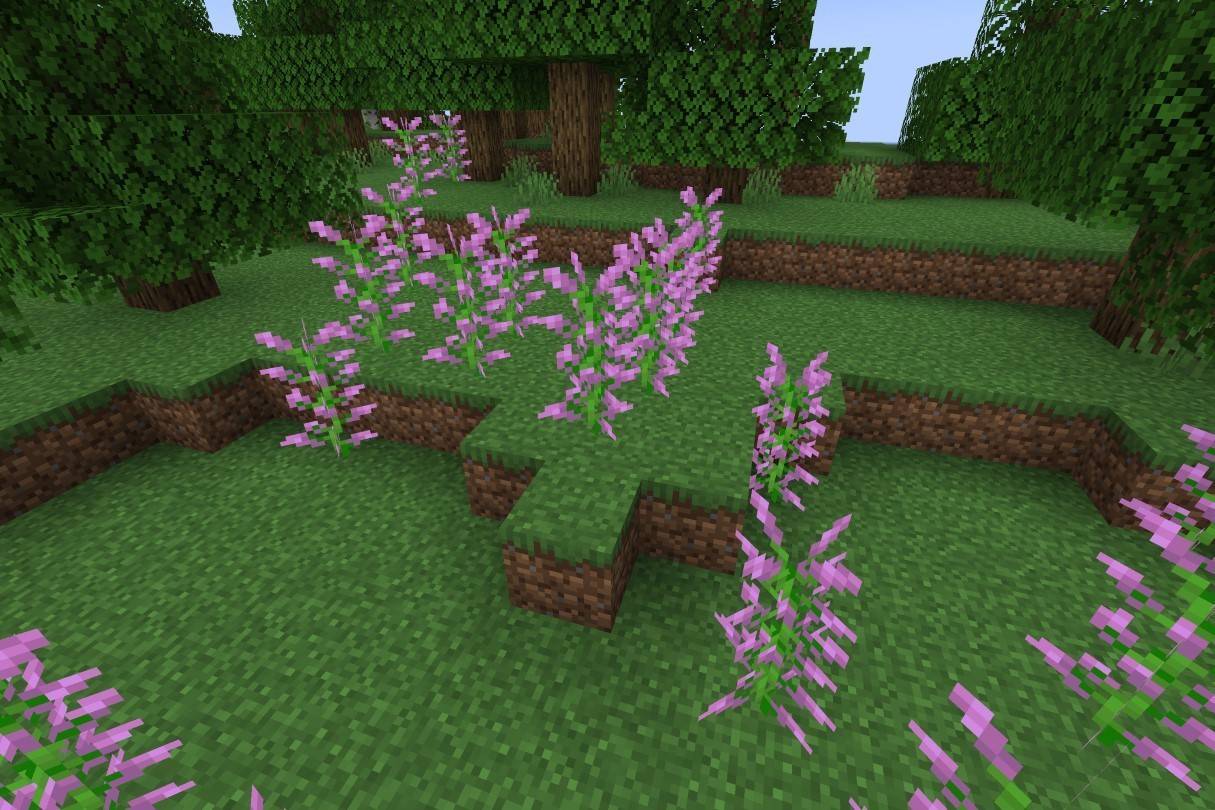 Image: ensigame.com
Image: ensigame.com
This tall, light-purple flower, found in various forest biomes, yields magenta dye.
Oxeye Daisy
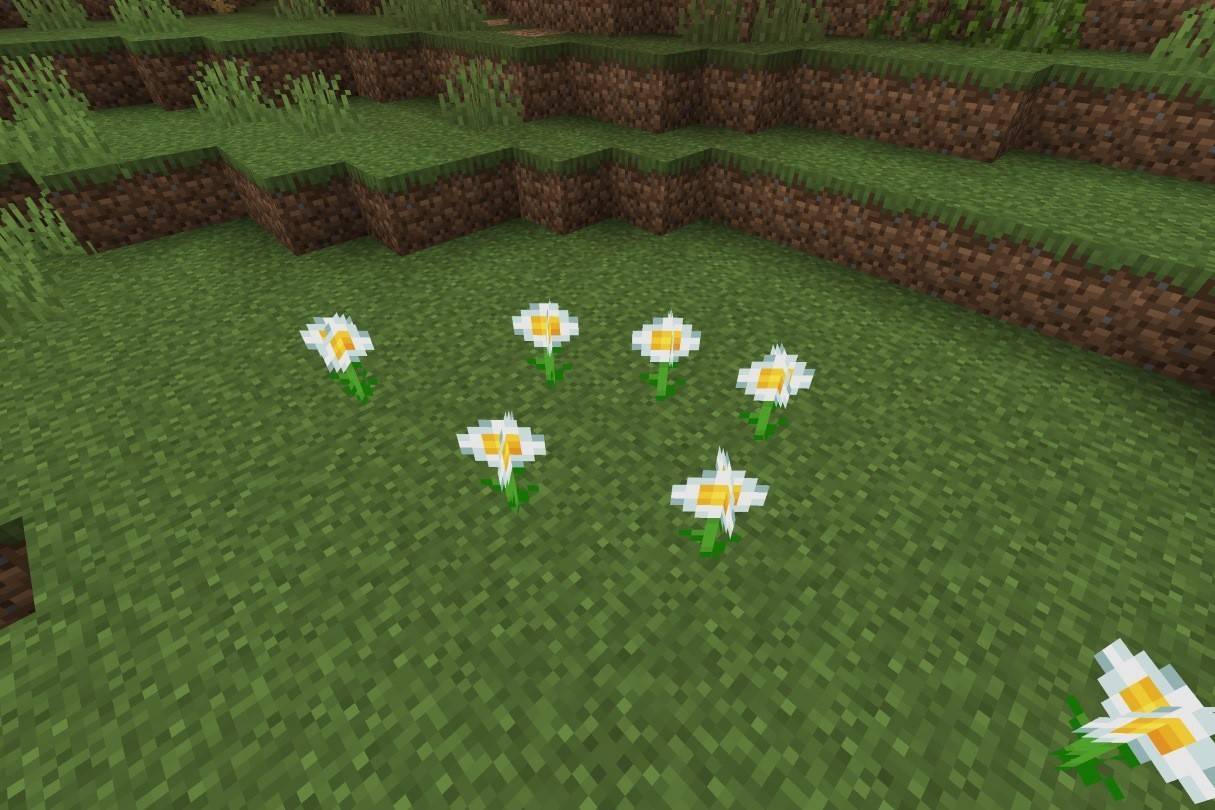 Image: ensigame.com
Image: ensigame.com
This white flower with a yellow center, found in plains biomes, produces light gray dye.
Sunflower
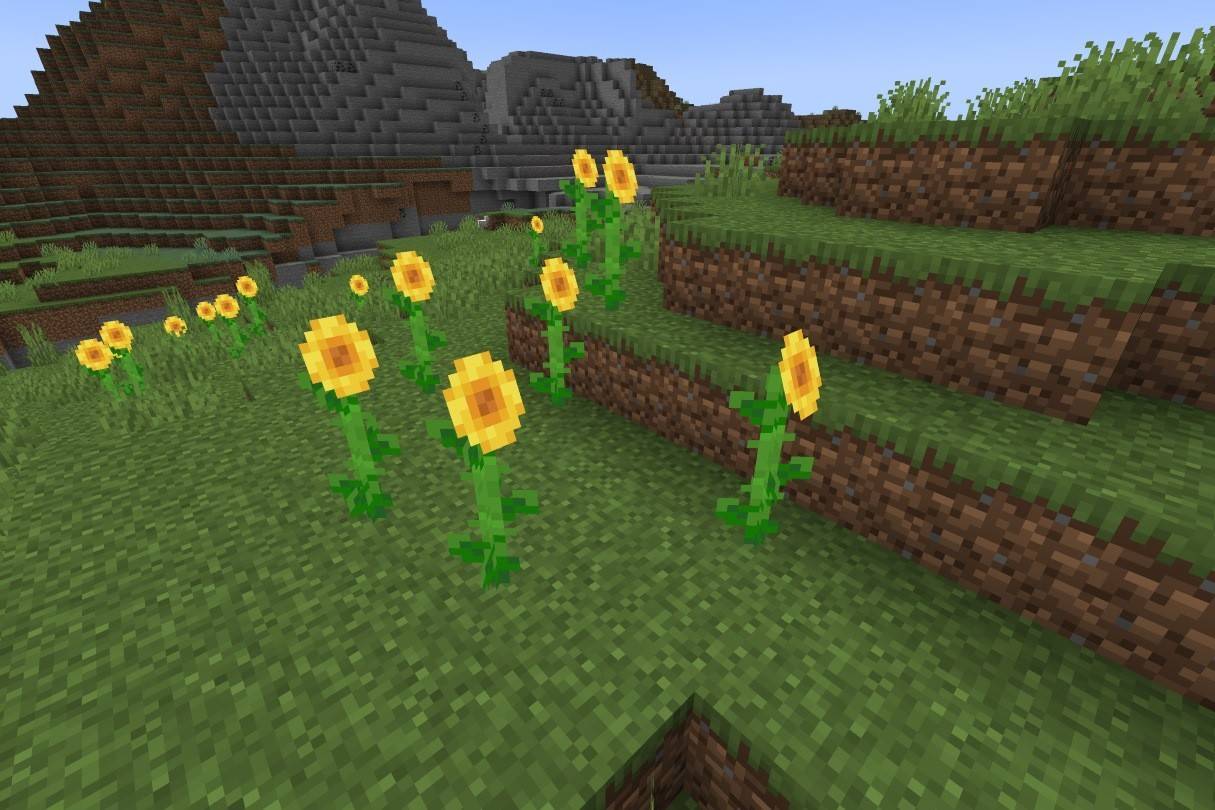 Image: ensigame.com
Image: ensigame.com
Found in sunflower plains, these tall flowers yield yellow dye and are useful for navigation due to their eastward orientation.
Harness the potential of these floral resources to enhance your Minecraft experience.




